Uzbekistan: what do the archaeological evidences reveal?
🔴 The mystery of a 3,000-year history
🔴 A journey to the roots of today’s development
The territory of Uzbekistan has long been one of the political, economic, and cultural centers of Central Asia. The exhibition of the Center for Islamic Civilization in Uzbekistan presents these historical stages based on scholarly evidence.
From the 3rd century BCE to the early Middle Ages, the territory of Uzbekistan witnessed the strengthening of state structures, the flourishing of urban planning, the advancement of economic activity, and the rise of cultural life to a new stage.
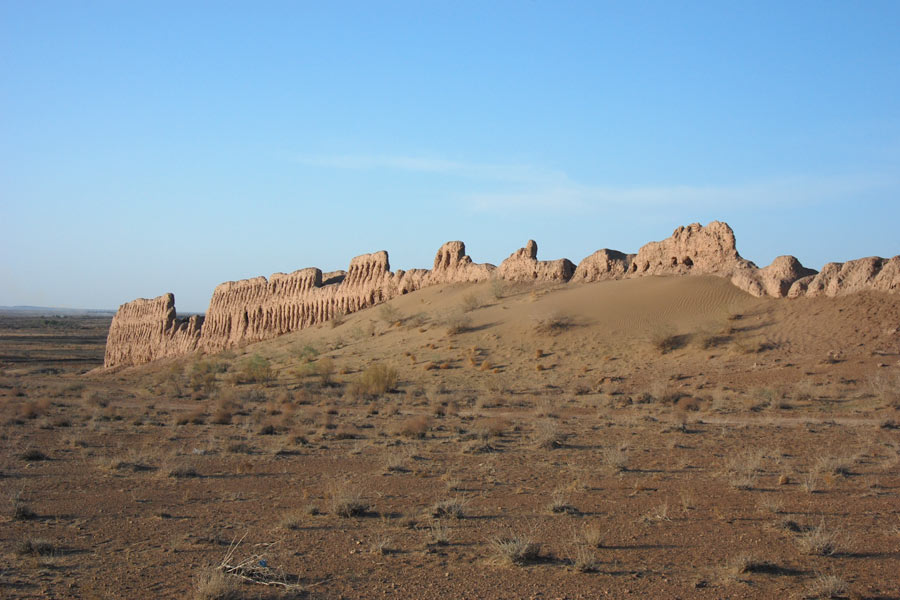
Development of Ancient Civilization (3rd Century BCE – 1st Century CE)
During this period, the first centralized political entities emerged in the region of Uzbekistan, accompanied by the development of administrative and economic systems. The ancient cities of Bactria and Sogdiana such as Sopollitepa, Jarkutan, Afrasiyab, and Varakhsha stood out for their solid defensive walls, central squares, palaces, and temples. Archaeological discoveries show that advanced construction techniques were used in these sites, with complex structures built from clay and baked bricks harmoniously integrated with local traditions.
Agriculture and livestock became the main sectors of economic life. In the valleys of Zarafshan, Surkhandarya, and Kashkadarya, ancient networks of canals and irrigation ditches were established, allowing the cultivation of crops such as wheat, barley, grapes, and cotton. Livestock breeding including sheep, cattle, camels, and horses was widespread. These developments testify to the emergence of an early irrigation culture and agricultural expertise in the land of Uzbekistan.
In the religious sphere, Zoroastrianism held a dominant position, although Hindu-Buddhist influences were also present. The remains of temples and Buddhist statues found in Bactria confirm the diversity of beliefs. In culture, sculpture, mural painting, and decorated pottery achieved a high level of sophistication. The Sogdian and Bactrian scripts were widely used in governance, trade agreements, and religious texts.
Culture and Art of the Ancient Era (1st–3rd Centuries CE)
In the first centuries CE, the region experienced political stability and intense cultural exchange. Under the Kushan Empire, the territories of Bactria, Margiana, and Sogdiana were united into a single economic and cultural space, fostering an atmosphere of tolerance among different peoples and faiths. As a result, Eastern and Western artistic styles intermingled harmoniously.
The art of this period combined realistic representations with symbolic imagery. The statues and murals found at Dalverzintepa, Fayaztepa, and Karatepa vividly depict the artistic spirit of the age. Jewelry craftsmanship reached its peak golden and silver ornaments were distinguished by their intricate workmanship and elegance. Distinct schools of pottery and weaving developed, and their products were exported via the Silk Road to India, China, and Iran.
Music and intellectual life also flourished during this era. Ritual orchestras and religious chants were common in Buddhist monasteries. Archaeological findings reveal chess-like pieces, indicating the development of logical and strategic thinking in ancient society. Writing systems improved, and state affairs, commercial documents, and religious texts were written in Sogdian and Bactrian languages.
Cultural Rise in the Early Middle Ages (4th–7th Centuries)
In the early Middle Ages, independent principalities emerged in regions such as Sogd, Khorezm, and Fergana, and urban culture entered a new stage of development. The construction of fortresses and defensive structures, rulers’ palaces, trade centers, and temples became defining features of the urban planning of this period.

In religious life, Buddhism, Zoroastrianism, Christianity, and local beliefs coexisted simultaneously. The wall paintings of Panjikent, Afrasiyab, and Varakhsha vividly depict religious ceremonies, mythical scenes, and various aspects of everyday life in vibrant colors.
Epigraphic inscriptions, trade contracts, and official documents found on city walls indicate a high level of literacy within society. During this era, the game of chess became widespread, symbolizing intellect, logic, and spiritual refinement.
In the field of craftsmanship, textile weaving, pottery, and jewelry-making reached an advanced stage of development. Sogdian fabrics, known for their intricate patterns, colorful designs, and high-quality silk threads, gained fame not only in Central Asia but also in the courts of Byzantium and China.
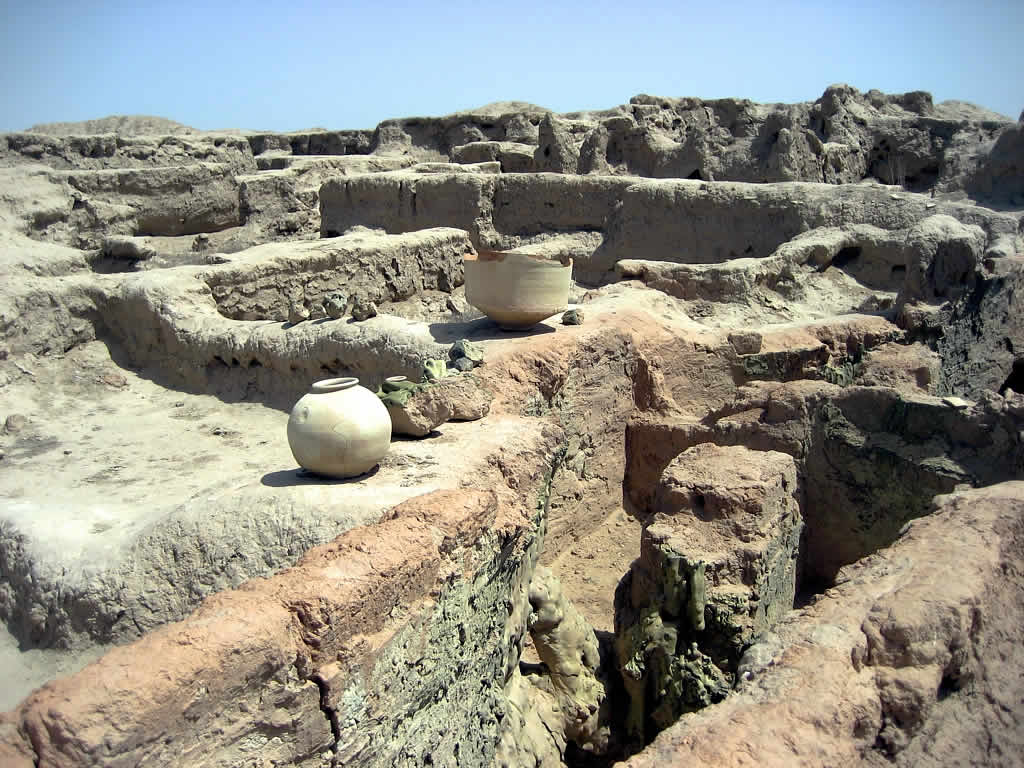
The period from the 3rd century BCE to the 7th century CE represents one of the most significant stages in the development of civilization on the territory of Uzbekistan. The strengthening of statehood, the expansion of urbanization, and the flourishing of cultural and religious diversity defined this land’s prominent place in world civilization. Through the exhibition of the Center for Islamic Civilization in Uzbekistan, these historical processes are systematically illuminated, presenting the ancient and unique cultural heritage of the Uzbek land on a scholarly foundation.
Husan Tursunov
P/S: This article may be used with reference to the official website of the Center.
Most read
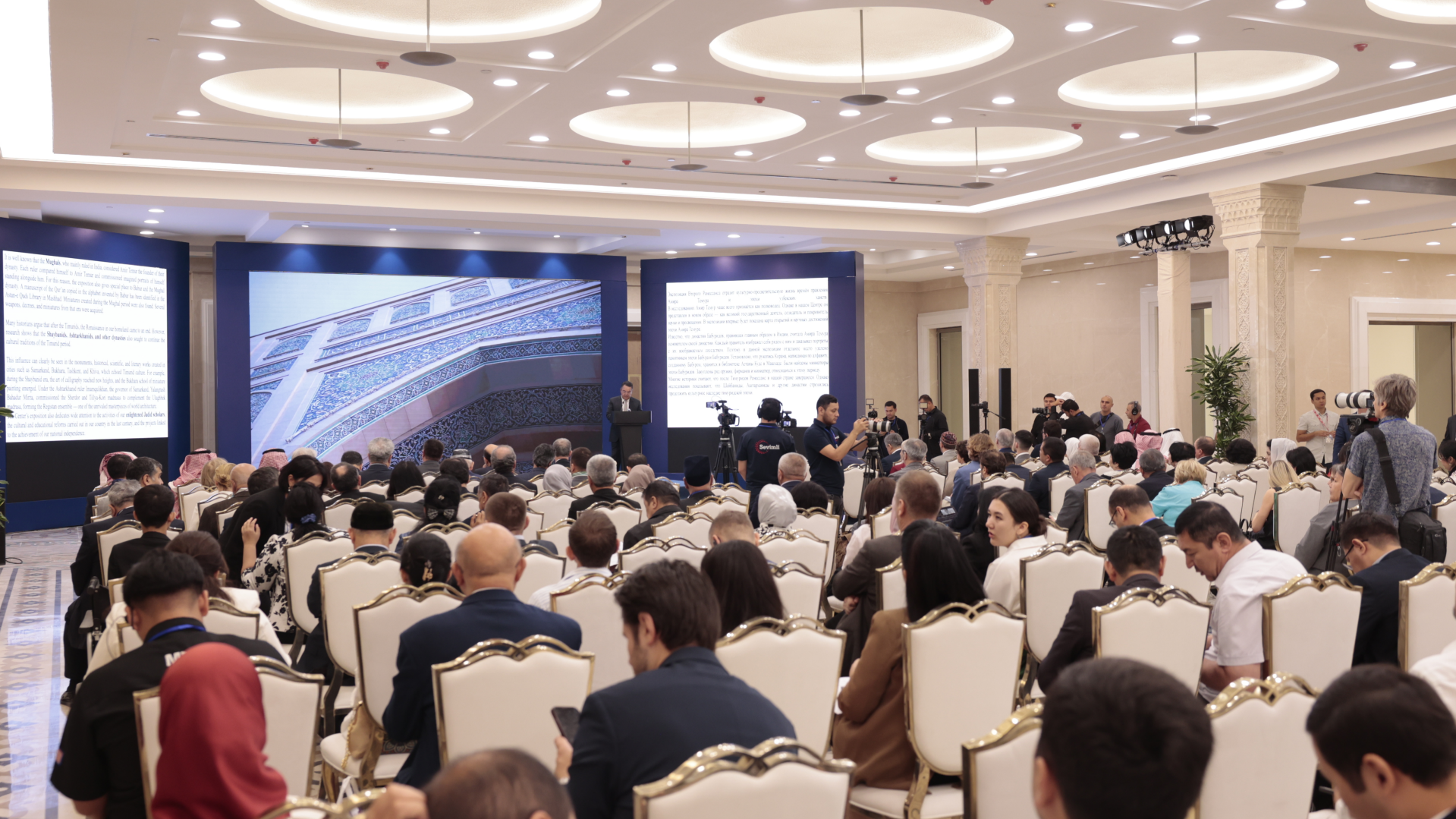
Over 100 experts from more than 20 countries of the world are in Tashkent!
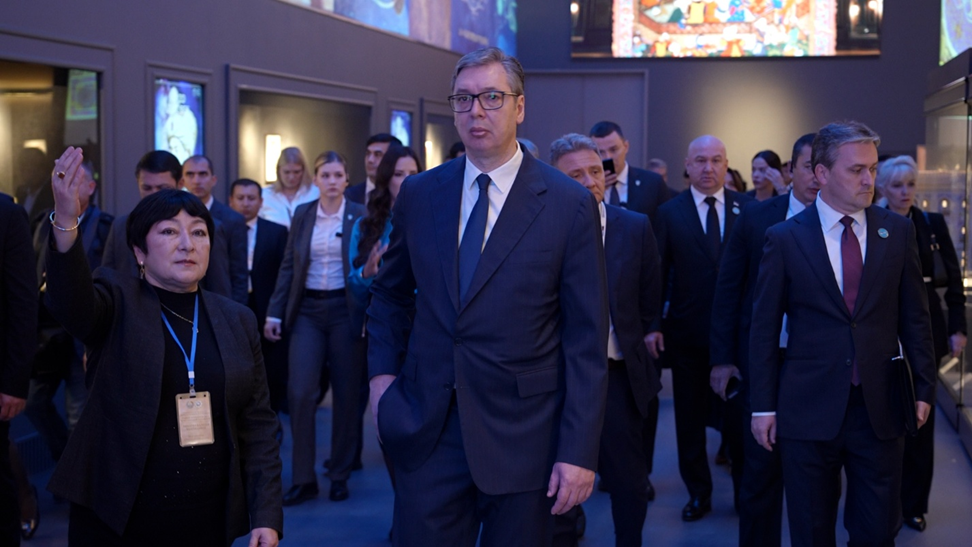
President of Serbia Aleksandar Vučić visited the Islamic Civilization Center in Uzbekistan
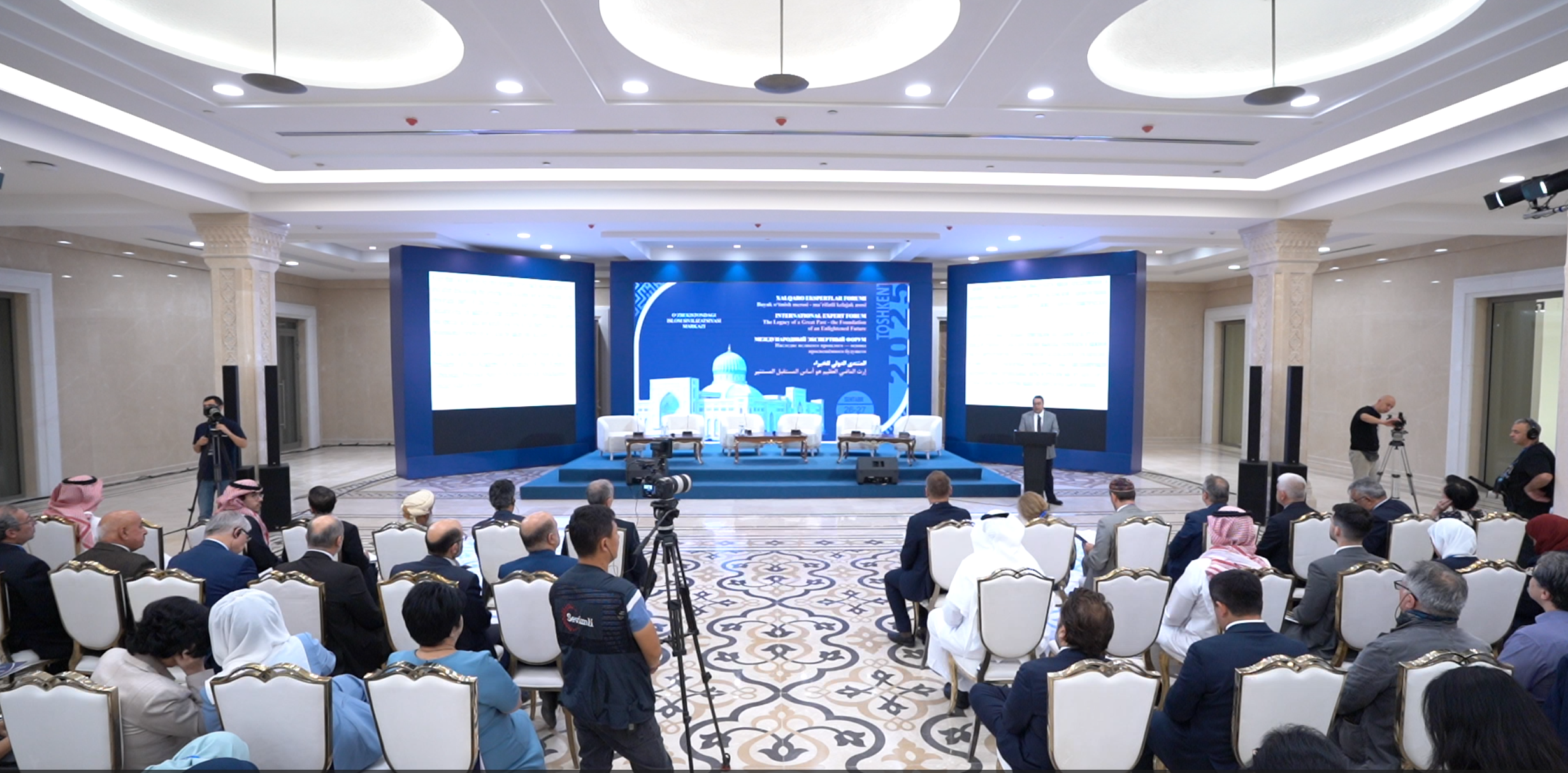
The Center for Islamic Civilization – a global platform leading towards enlightenment











